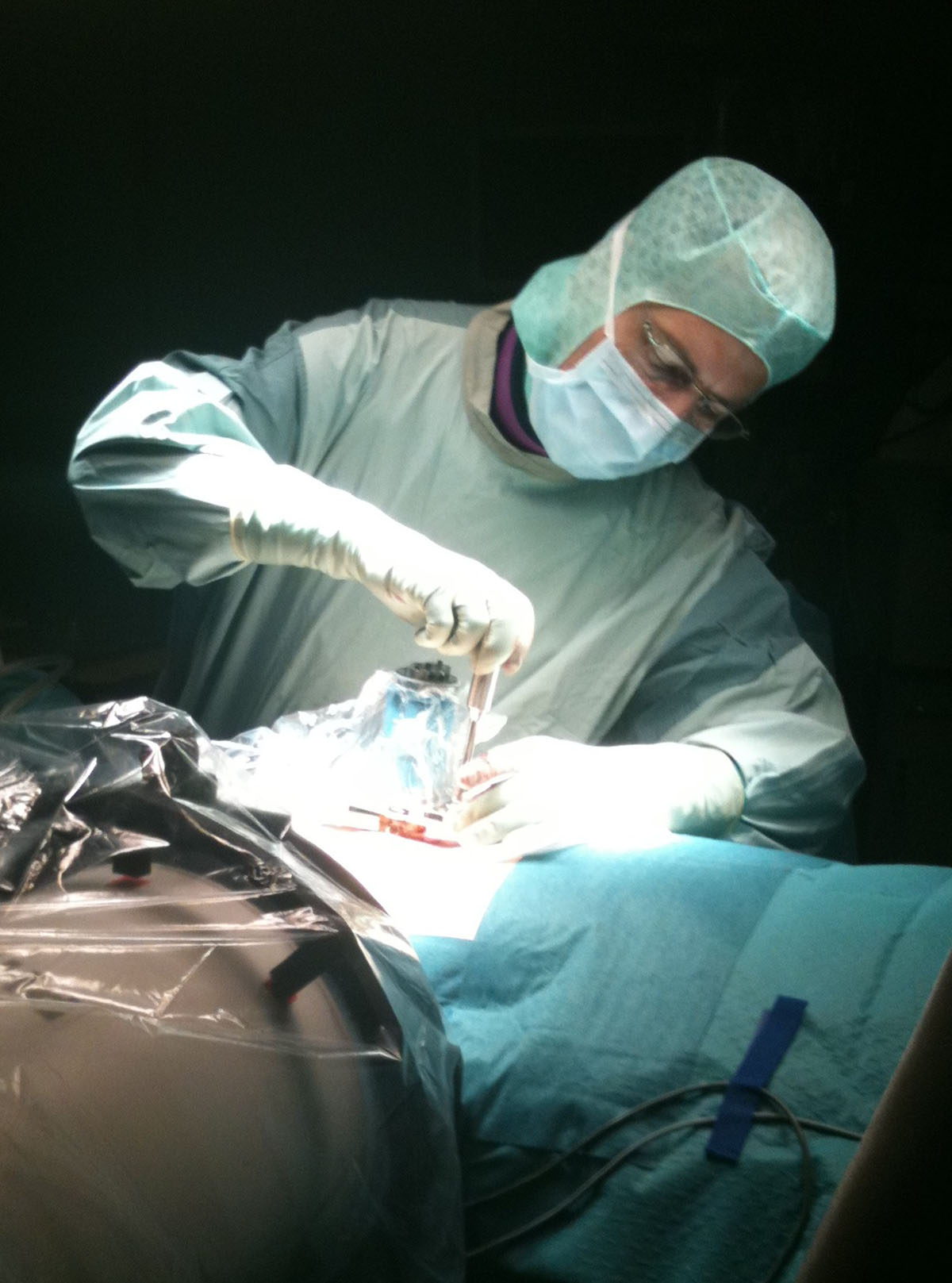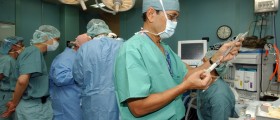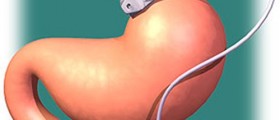
If a conservative treatment of foramina stenos is does not relieve the symptoms or if there appear progressive discomforts, a surgery will likely become the best option. Depending on examination results, there are multiple surgical options to do this.
Surgery is used to decompress the exiting nerves in the spinal canal. A traditional option to do this is a laminectomy. This may require a spinal fusion to be made, if a large part of the spinal structure is removed during the process.
Leg symptoms resulting from foramina stenos are are usually responsive to surgery. A nerve that was compressed for a long time may become permanently damaged. This type of injury can’t be repaired by surgery. In comparison to leg pain relief, the back pain isn’t as responsive to surgery, but satisfactory results can still be expected.
Open back surgery is one of multiple options when it comes to dealing with foramina stenos is.
A foraminotomy is a procedure aimed at relieving the pressure on the nerves compressed by the intervertebral foramen. In cases where the foramen is being compressed by bone, disc, scar tissue, or excessive ligament development, a foraminotomy may still apply, as it can relieve the symptoms of nerve root compression.
After giving a local anesthesia, the surgery may begin. This is done with an incision through which a Deputy tube is inserted. Tubes of increasing size are then placed over the first one, thus slowly creating an opening leading to the spine. The surgeon is then able to perform a foraminotomy with minimal risk of complications and unnecessary damage to the muscles in the area. Laser, camera, suction and other medical instruments are inserted through the last tube.
After positioning the tube and the instruments, the surgeon may proceed with the operation. This involves the removal of the bone and tissue responsible for nerve compression. The patient will likely feel relieved as soon as the nerve is released. After completion, the tube is removed and the muscles fall back into place.
A couple of hours of observation are needed before the patient is free to go. It is generally recommended that the patient takes a long walk following the procedure. He or she should return the following day for a check up and final discharge. Advantages of this procedure over others are that there is no general anesthesia involved. No hospitalization is needed following the procedure. Scarring is brought down to a minimum. An outpatient method is always a more practical option.

















Your thoughts on this
Loading...